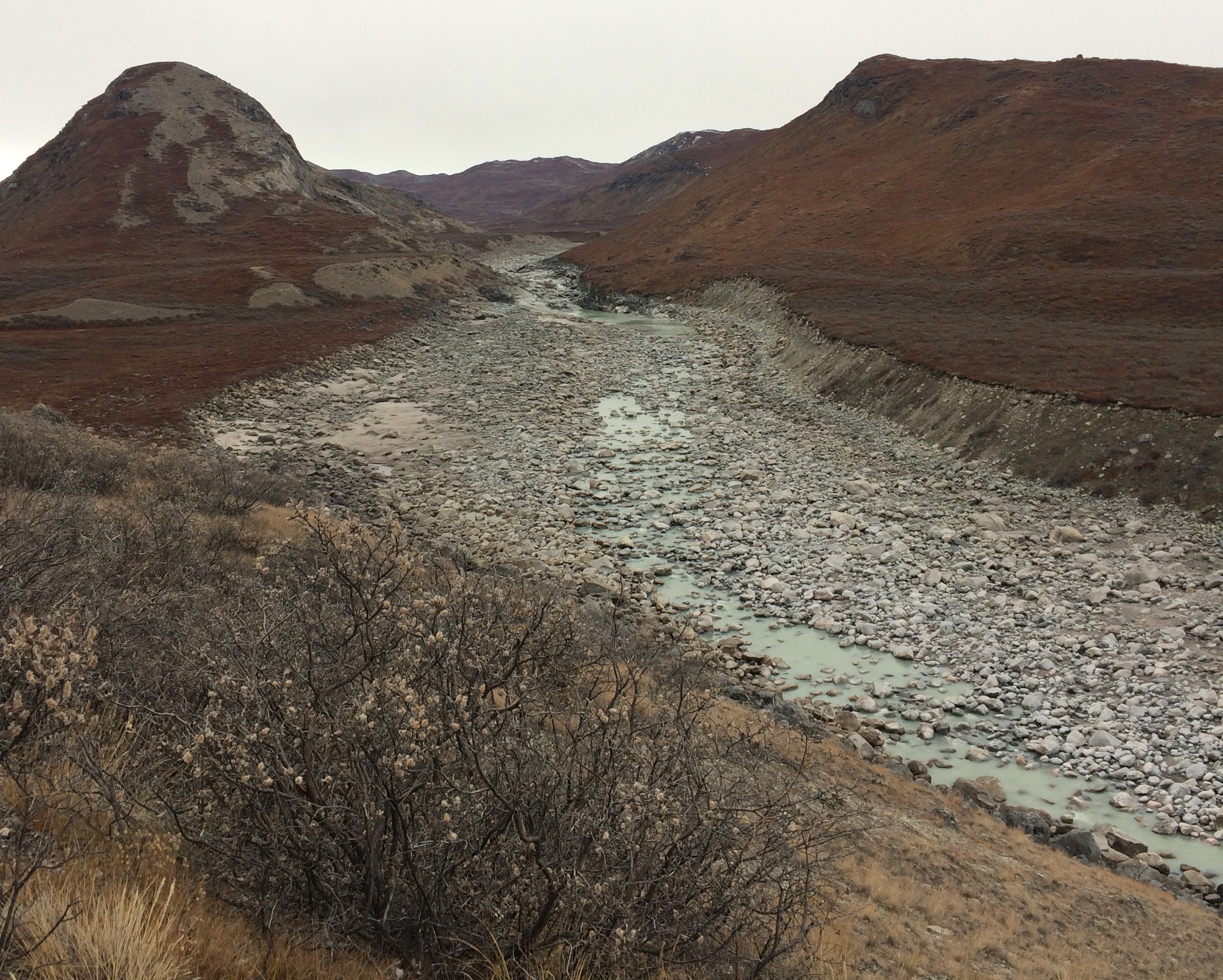The Inuit people of Greenland are descendants of the Thule people who migrated across the circumpolar North around 1000CE.
The Meaning of Ice: People and Sea Ice in Three Arctic Communities, eds. Shari Fox Gearheard et al. (Montreal/Hanover: International Polar Institute Press, 2013).
Jason Moore, “The Capitalocene Part I: On the nature and origins of our ecological crisis,” The Journal of Peasant Studies 44.3 (2017): 593–630.
Jodi Byrd, The Transit of Empire (Minneapolis: University of Minnesota Press, 2011).
We are invested in seeing how such postures might be negotiated collectively, or even globally. As Astrida Neimanis argues in her study of the shared conditions across bodies of water, there is a commonality that extends beyond epistemological standpoints and ontological differences to produce a more expansive and generous sense of who “we” are. See Astrida Neimanis, Bodies of Water: Posthuman Feminist Phenomenology (London: Bloomsbury Press, 2016), 12.
We are especially attuned to Laruelle’s account of “subjects-in-struggle” in François Laruelle, Introduction to Non-Marxism, trans. Anthony Paul Smith (Minneapolis: Univocal, 2015).
Later that year, Nöel joined us in Greenland for an interdisciplinary workshop on ice, where we became attuned to the media apparatus that calculates this surface mass balance: a coordination of satellite imaging, remote sensors and a supercomputer that performs dense calculations of climate data.
In an interview, he recounted that he wanted to shift the boulder outside the circumference of Broken Circle, but was told that it could only be moved by the Dutch Army. Smithson was perturbed by what he described as a cyclopean dilemma; a blind spot that blotted out the circumference. See Robert Smithson, “Interview with Gregoire Müller,” in Robert Smithson: The Collected Writings, ed. Jack Flam (Los Angeles: University of California Press, 1996), 258.
In Smithson’s words, “at eye level one tends to see the boulder as part of the circumference. The veritability of the boulder’s position is engulfed by curvatures—no fixity moderates…” Ibid.
Robert Smithson, “Broken Circle—Emmen Holland (Script),” 1972, in Robert Smithson/Nancy Holt Archives.
Ole Bennike et al., “Mapping glacial rock flour deposits in Tasersuaq, southern West Greenland,” GEUS Bulletin 43 (2019).
Richard Grusin, Premediation: Affect and Mediality After 9-11 (London: Palgrave Macmillan, 2010).
Ibid., 1–18.
Ibid., 4.
The title is a reference to a phrase in Arctic Dreams, Barry Lopez’s bestselling novel about his travels across the Arctic in the 1980s.
As the cultural theorist Kirsten Thisted argues, the discourse of Indigeneity emanates from European and colonial mindsets, and comes with global pressures, that close Indigenous people between being civilization’s Other (a primitive) and a corrective to colonization’s discontents. See Kristen Thisted, “Blubber Poetics: Emotional Economies and Post-Postcolonial Identities in Contemporary Greenlandic Art and Literature,” Sámi Art and Aesthetics. Contemporary Perspectives, eds. Aamold Svein et al. (Aarhus: Aarhus Universitetsforlag, 2017), 267–297.
Ibid., 269.
Jessie Kleemann, Qivittoq (Vejby: Hurricane Publishing, 2012).
Conversation with Jessie Kleemann, June 2019.
Ibid.
Mark Watts, “Fujairah emerges as a strategic oil hub,” Middle East Economic Digest 56, no. 48 (2012).
Derek Baldwin, “Trial run for UAE iceberg project in 2019,” Gulf News, July 1, 2018, ➝.
“The icebergs are expected to cause a unique climatic phenomenon as the cold icebergs would attract clouds over the Arabian Sea, thus creating a climate vortex that will cause rainfalls. It would also assist in providing fresh water to the region, making the UAE a hub for exporting water to the world.” Ibid.
Abdulla Alsehi, Filling the Empty Quarter: Declaring a Green Jihad on the Desert (Lulu Publishing Services, 2015).
This took place at the Jameel Art Center for an exhibition curated by Murtaza Vali called “Crude.”
Patrick Wintour, “Saudi oil tankers show 'significant damage' after attack—Riyadh,” The Guardian, May 12, 2019, ➝.
footnote Patrick Wintour, “Iran announces partial withdrawal from nuclear deal,” The Guardian, May 7, 2019, ➝.
